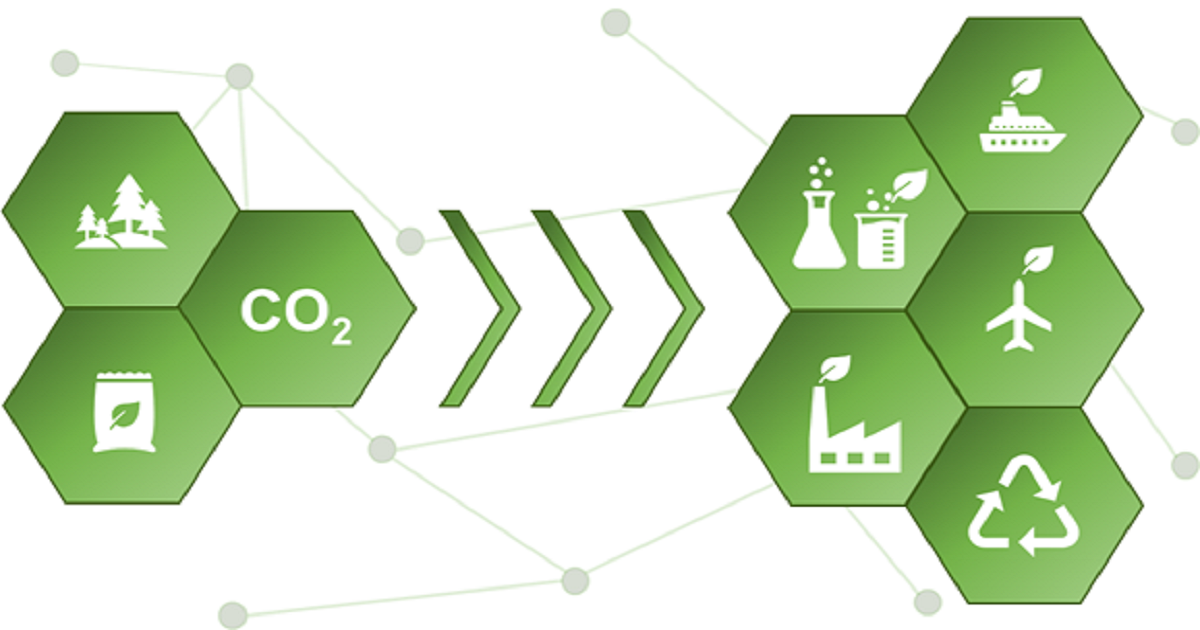- 3.2Impact Factor
- 6.4CiteScore
- 16 daysTime to First Decision
Catalytic Materials and Renewable Chemistry for Energy and Fuels
This special issue belongs to the section “Energy Materials“.
Special Issue Information
Dear Colleagues,
Catalysis is a cornerstone for the green transition, enhancing the efficiency of converting renewable resources like biomass, water, and CO2 into valuable fuels and chemicals. This efficiency is crucial for scaling up green technologies and making them economically viable. Catalysis also helps reduce greenhouse gas emissions by transforming CO2 into useful products, aiding climate change mitigation. By integrating renewable energy sources such as solar and wind, catalytic processes further decrease reliance on fossil fuels. Adhering to green chemistry principles, catalysis minimizes waste and energy consumption, aligning with a circular economy, and is thus indispensable for developing sustainable energy and fuel production methods.
This Special Issue is devoted to the most recent results focused on the design and application of new catalytic materials with enhanced performance and stability for fuel and chemical synthesis from renewable biomass feedstocks and CO₂. We encourage contributions that not only advance the scientific understanding of catalytic mechanisms but also demonstrate practical applications and potential for industrial implementation.
Prof. Dr. Anders Riisager
Prof. Dr. Hu Li
Dr. Wenting Fang
Guest Editors
Manuscript Submission Information
Manuscripts should be submitted online at www.mdpi.com by registering and logging in to this website. Once you are registered, click here to go to the submission form. Manuscripts can be submitted until the deadline. All submissions that pass pre-check are peer-reviewed. Accepted papers will be published continuously in the journal (as soon as accepted) and will be listed together on the special issue website. Research articles, review articles as well as short communications are invited. For planned papers, a title and short abstract (about 250 words) can be sent to the Editorial Office for assessment.
Submitted manuscripts should not have been published previously, nor be under consideration for publication elsewhere (except conference proceedings papers). All manuscripts are thoroughly refereed through a single-blind peer-review process. A guide for authors and other relevant information for submission of manuscripts is available on the Instructions for Authors page. Materials is an international peer-reviewed open access semimonthly journal published by MDPI.
Please visit the Instructions for Authors page before submitting a manuscript. The Article Processing Charge (APC) for publication in this open access journal is 2600 CHF (Swiss Francs). Submitted papers should be well formatted and use good English. Authors may use MDPI's English editing service prior to publication or during author revisions.
Keywords
- catalysis
- materials science
- renewable chemistry
- biomass valorization
- sustainable transportation fuels
- CO2 utilization

Benefits of Publishing in a Special Issue
- Ease of navigation: Grouping papers by topic helps scholars navigate broad scope journals more efficiently.
- Greater discoverability: Special Issues support the reach and impact of scientific research. Articles in Special Issues are more discoverable and cited more frequently.
- Expansion of research network: Special Issues facilitate connections among authors, fostering scientific collaborations.
- External promotion: Articles in Special Issues are often promoted through the journal's social media, increasing their visibility.
- e-Book format: Special Issues with more than 10 articles can be published as dedicated e-books, ensuring wide and rapid dissemination.

